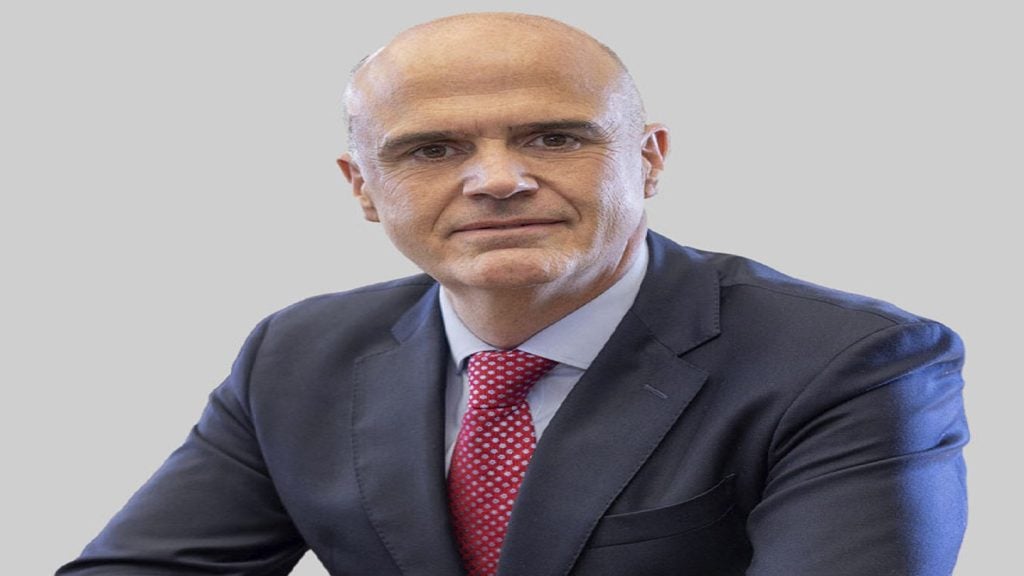Technology has changed the way the world does business and Mark Broadhurst, vice president-European sales director at insurance software provider, Intellect SEEC, says insurers have to adapt and change the way they distribute their products.
The insurance sector is lagging significantly behind its peers in the other financial services sectors when it comes to the adoption of modern technology.
Recent surveys have acknowledged that the industry is only too aware of the need to make the substantial investments in technology that are required. Digital enterprise solutions and legacy modernisation are key deliverables, but the desire to embrace big data, social media, demographic, regulatory and structural distribution changes only serve to make this a hyper dimensional problem.
The life insurance market has clearly been impeded by the issues surrounding legacy systems, which do not enable firms to communicate or collaborate effectively.
We typically find call centre inefficiency due to the circumnavigation across several legacy systems, which reduce the ability to provide an effective customer experience. Technology should be an enabler of change, but at the current time it is seen less of an enabler and more of an inhibitor.
In other industries such as retail, new players like Google and Amazon have integrated technology into their customer journeys. The way they communicate with and understand their customers, has changed the landscape of consumers’ expectation.
Insurers will need to embrace this new consumer demand, if they want to compete in the near future. The days of completing traditional paper applications are a dying memory, as new streamlined minimalistic online digital processes become more efficient by the day.
How well do you really know your competitors?
Access the most comprehensive Company Profiles on the market, powered by GlobalData. Save hours of research. Gain competitive edge.

Thank you!
Your download email will arrive shortly
Not ready to buy yet? Download a free sample
We are confident about the unique quality of our Company Profiles. However, we want you to make the most beneficial decision for your business, so we offer a free sample that you can download by submitting the below form
By GlobalDataBig data
Insurers are wrestling with how to extract the greatest benefit from the big data they hold, whilst at the same time mining social networks to better understand the behaviours of their customers.
They are also seeking to install triggers within their interactions with the client that will enable them to provide the right products, at the time the client needs them. They are looking to find stronger and more surgical insights to help them price, engage, enthuse and delight the customer.
The changing demographics and use of technology are changing at a breathtaking pace. Old channel based distribution and customer segmentation models are being challenged, and there appears to be a greater appetite to embrace customers at an enterprise customer level.
Recent trends are demonstrating that even the most sophisticated wealth management clients can also have a place in a simplified direct to consumer model.
Customers for their part do not want to be placed simply into channelled segment or pigeon holes, as they are looking for personalised engagement with firms to meet their protection and investment needs across all aspects of their lives.
They want a single entry point for access to all their insurance needs and products, with immediate service through technologies and channels that they choose to engage with.
Holistic view
The more holistic view of the customer will allow for a much deeper and richer customer understanding, and allow for the delivery of a world class personalised level of service.
The dynamic of the insurer has changed from being the policy administrator, product provider and fund manager, to a platform-based fund management environment where each component can be delivered by alternative providers.
RDR changed the market dynamic considerably, as advisers focused on the wealth management assets under management.
The ability to service the less affluent clients has seen many disenfranchised from the advice process, and this issue is exacerbated by insurers who have forgotten how to embrace these customers on a direct to consumer basis.
The lack of systems and technology in the direct to consumer market has been compounded by the channelling of 20 years of technological solutions expenditure in the intermediated channels.
Recently, we have seen the predominantly intermediated market place coming under threat from new digital providers offering robo-advice and streamlined access to insurance products.
The future distribution models will need to embrace the intermediated market, but also allow insurers to plug the advice gap with direct to consumer offerings.
Low cost self-servicing models will need to allow access to guidance and insurance products, whilst allowing the consumer the ability to meet his financial needs in a low cost economical environment.
Recent moves by L&G and Nationwide in respect of robo advice show that insurers are beginning to embrace the challenges.
The FCA is committed to ensuring the industry treats customers fairly, but there is still some inertia due to the lack of transparency surrounding automated advice.
Recent regulatory amendments have begun to deliver greater clarity, and it is encouraging to see the regulator and industry associations working in a more collaborative environment.
Technology is changing the insurance market. You only have to look at telematics and its use in cars to get a far more precise understanding of the driving habits and abilities of the client in order to price the risk accordingly.
Property and personal telematics are already emerging as the next wave of technology, and the pace of change looks like it is only increasing. These trends are allowing insurers to deliver ‘pay-as-you-play’ products, which meet the needs of those clients who demand greater immediacy and flexibility in their transactions and interactions.
One thing is certain; history tells us that the insurance market is resilient, innovative and resourceful. The future is certainly a bright one if our industry can collectively once again roll up its sleeves, invest in technology, embrace the new landscape, and deliver customer centric solutions in new collaborative and innovative ways.








